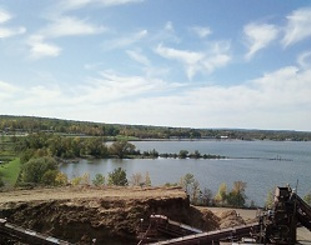Biomass Fired Boilers
 As demand has increased among electric utilities and industrial energy users for renewable and lower CO2-emitting energy sources, biomass is becoming a more important fuel source. Biomass waste such as paper mill residue and lumber mill scraps offer a significant energy source for steam production in that industry and for nearby power generators.
As demand has increased among electric utilities and industrial energy users for renewable and lower CO2-emitting energy sources, biomass is becoming a more important fuel source. Biomass waste such as paper mill residue and lumber mill scraps offer a significant energy source for steam production in that industry and for nearby power generators.
Because industrial combustion of biomass is still in its infancy, few boilers using biomass were originally designed to burn it. Many have either been converted or must cofire biomass with fossil fuels. Because biomass tends to be of lower Btu content, of highly varied composition and often of high moisture content, biomass combustion for steam production presents significant challenges.
CC&E engineers have valuable experience in helping industries and utilities cope with these various challenges.
- Our engineers have built CFD process models to simulate the cofiring of biomass, coal and natural gas in industrial process kilns.
- Our engineers have also designed and installed equipment retrofits and systems to reduce NOx emissions, to reduce high-carbon flyash carry-over, to stabilize ash bed conditions and to improve fuel distribution and utilization in biomass-fueled industrial and utility stoker boilers.
- Our engineers have experience in the design and installation of improved overfire air systems and flue gas recirculation systems for stoker boilers burning wood exclusively as well as for stokers that burn wood or coal. The design and installation of these modifications included baseline testing, CFD modeling, detailed design, installation construction management, startup, commissioning, tuning and operator training.

